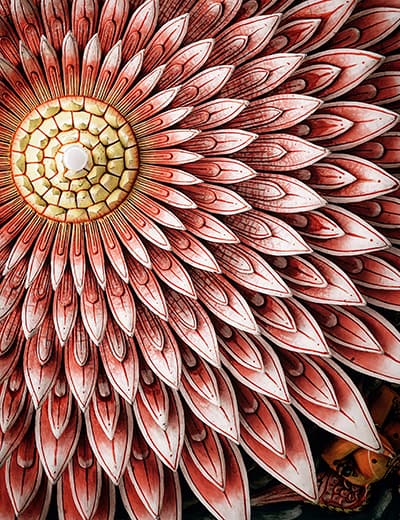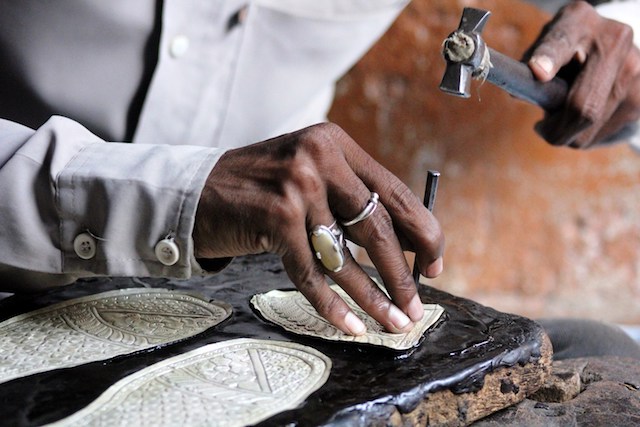
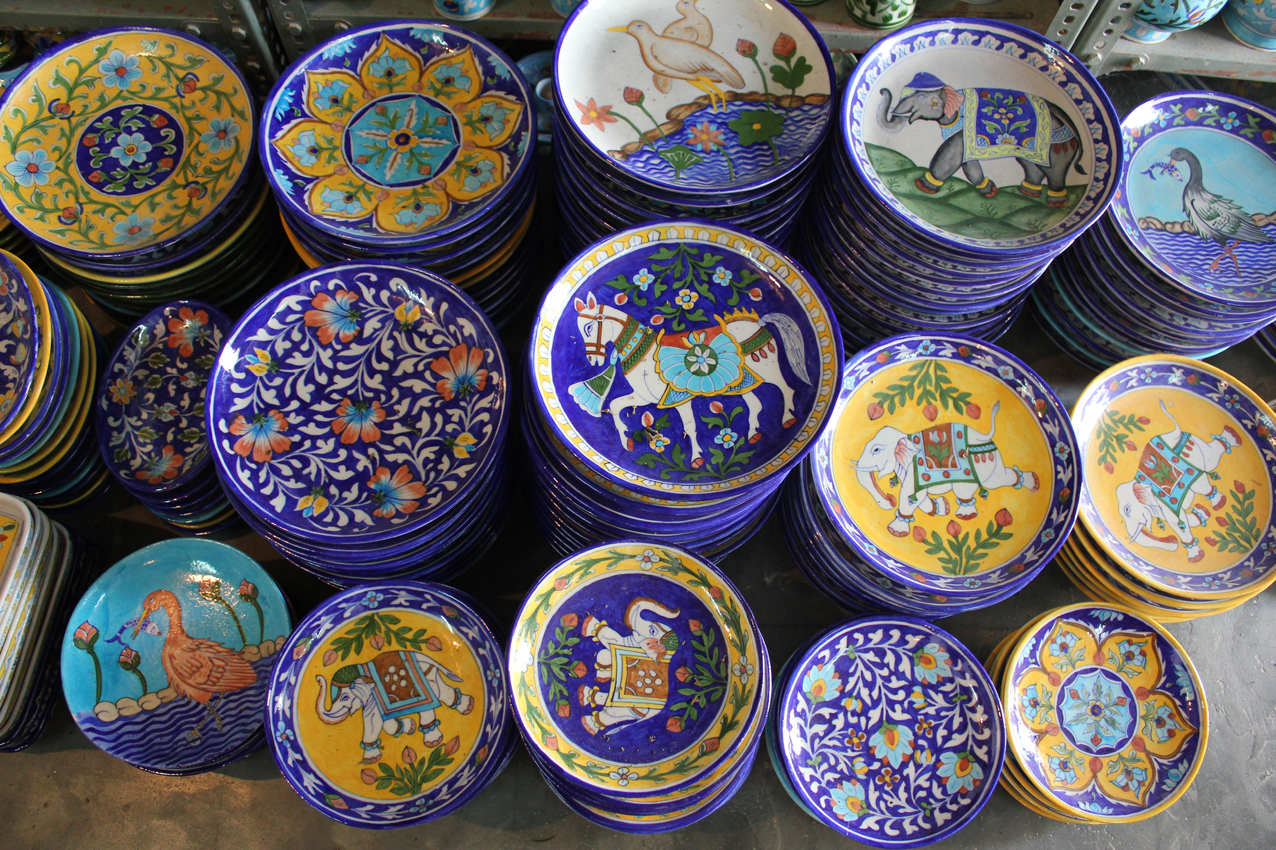
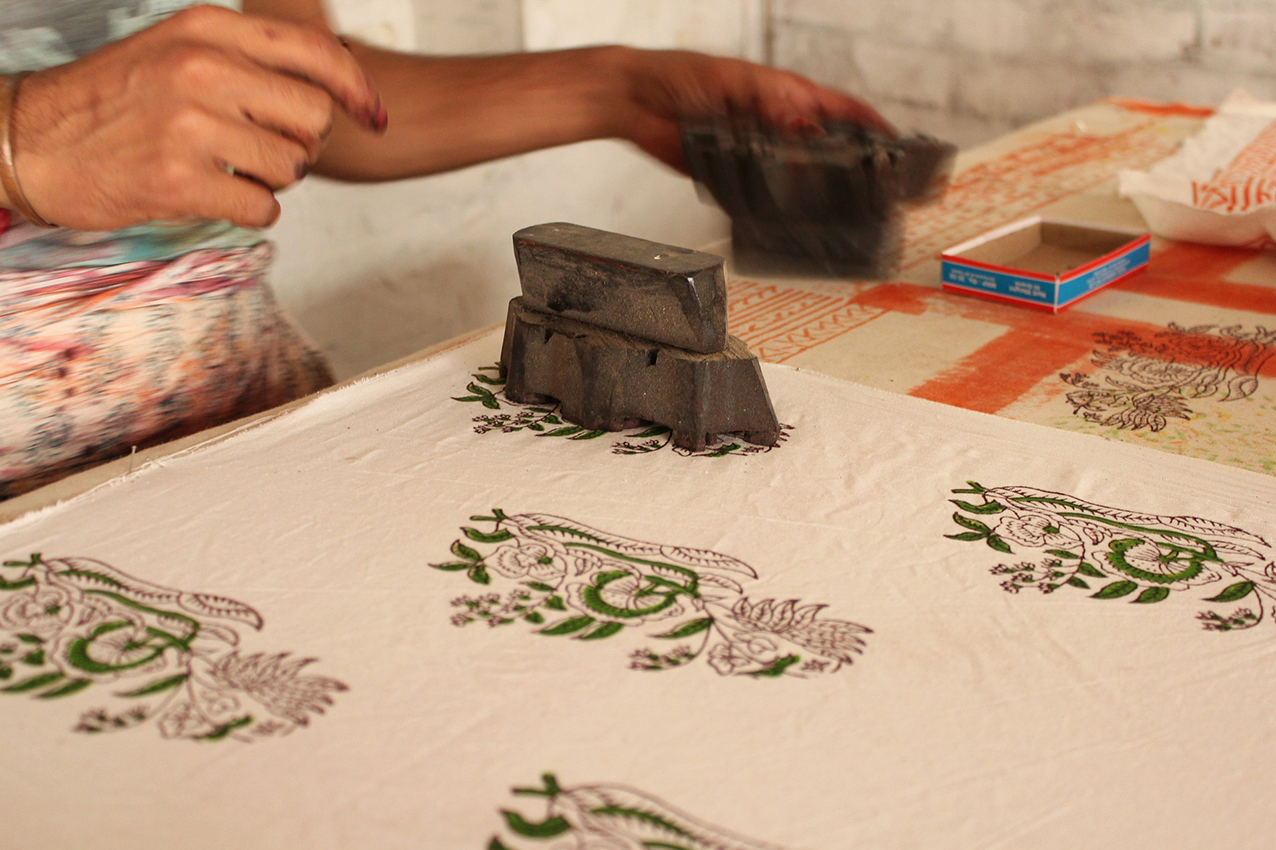
An emperor’s embellished silk robe grazes the ground as he glides in view of his awaiting subjects. A coterie of housewives from the farming community work away on a heavily embroidered cotton veil for the bride-to-be. In the zenana, the women of a royal family await the news of the day, cooling themselves with a fan of stitched fabric tied to a sculpted wooden handle.
The sheer diversity in the tradition of handicrafts in India make it nearly impossible to document every style of handicraft that exists. Passed down over generations, each craft preserves a set of customs and rituals in its nurturing. Embark on this grand journey of the North to witness artisanry that has evolved with care and toil. Travel from the Sikh city of Amritsar to the ancient spiritual centre of Varanasi and explore the arts of the plains in Lucknow and Agra. Towards the end, arrive in Jaipur to interact with communities fostering centuries-old traditions.
Starting from Delhi, travel to the northern fields of Amritsar, a city named after the sacred waters of the iconic Golden Temple. Lying on the erstwhile Silk Route, Amritsar possesses a rich history in the trade of handcrafted products. Its vibrant markets still flourish through the presence of local artisans, weavers from Kashmir and ironsmiths from neighbouring Pakistan, producing textiles that feature delicate flower motifs known as phulkari, iron-tipped bamboo staves called khunda and woollen carpets interlaced with cotton, known as galeecha.
Moving deeper into the Gangetic plains, explore the markets that inhabit the shadowed, winding lanes of Varanasi. Wooden toys, lac-coated in bright colours, metal items embossed with intricate designs and hand-knotted carpets lie arranged in a baffling, colourful array. In the homes, hidden behind its towering mosques and temples, weavers of the Ansari community work to the rhythm of a foot handloom to create intricately designed silk textiles.
Travelling westwards, arrive at Lucknow, the former capital of the empire of the Nawabs. The rulers promoted the use of delicately embroidered muslin garments, founding a longstanding tradition of chikankari textiles that survives to this day. In the old city market, the echoes of iron hitting leather resound in small workshops, producing thin, edible foils of silver known as varaq. Silver and gold embroidery, carved animal-bone items, and terracotta pottery continue to breathe life into the market’s crumbling interiors.
Further ahead, the city of Agra brims with handicrafts influenced by the Mughals, as well as the devotional worship of Krishna, the popular Hindu god. Pacchikari or pietra dura, an exquisite craft in semi-precious stones, is inspired from the work done at the Taj Mahal. Agra is home to traditional craftsmen, who have mastered this art of laying slivers of coloured stones against black and white marble, to produce fine floral motifs. A walk in its lanes also unveils the artisans skilled at marble carving, glasswork and a traditional art of depicting Krishna’s life through finely cut paper stencils.
In the end, travel to the lively city of Jaipur, whose markets and villages nearby reveal a world of traditional art and handicraft techniques. While the exquisite blue pottery, gemstone jewellery and the textile tradition of tie-resist dyeing stand out in the city, the town of Bagru is known for its block printing technique, where motifs traditionally inspired by flora and fauna, are used in making textiles for various purposes.
-
Cities
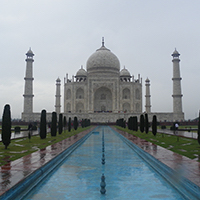
Agra
Situated on the banks of the river Yamuna, Agra is an ornate chest containing the riches and heritage of Mughal era. Known widely for its cherished monument, the city often is cascaded by the magnificence of Taj Mahal. A UNESCO heritage site, Agra is home to sandstone forts and mausoleums, pleasant gardens that stand as relics of a glorious past. Busy cacophonous marketplaces surround these remnants, filling them with life.
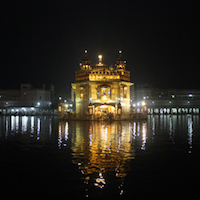
Amritsar
A holy city with a turbulent history, Amritsar never ceases amaze the visitor with its austere resilience. It takes its name from the tank that surrounds the famed Golden Temple, which translates to the ‘pool of nectar of immortality’. The city holds the distinction of being the spiritual throne of the Sikh faith and millions of faithful throng the city each day to get a glimpse of the sanctum of the Golden Temple. The allure of spirituality and undoubtedly, its history makes Amritsar a
favoured destination.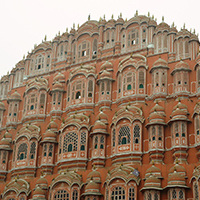
Jaipur
The gateway to India’s most flamboyant state, Jaipur is peppered with regal palaces, pink sandstone structures, and imposing forts. There is a sense of opulence and opportunity surrounding the city, which has enough palatial hotels, restaurants, and bazaars to satisfy both the locals and tourists. Home to a long tradition of handicrafts, Jaipur is the perfect centre to explore the crafts of Rajasthan, starting with the iconic indigo dyes and block prints.
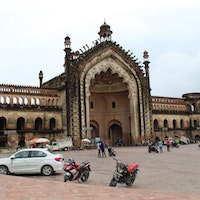
Lucknow
The city of Nawabs, Lucknow is the sister of Delhi in terms of its abundant Islamic heritage with its delectable cuisine and meticulous embroidery traditions. An important centre of learning and culture in the days of old, Lucknow continues to be steeped in its rich and refined traditions, offering to its inhabitants and visitors some of the best experiences in art, cuisine, and ethos.
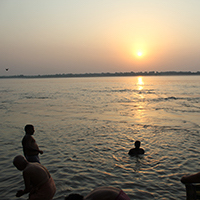
Varanasi
Benaras or Varanasi is one of the oldest continually inhabited cities of the world, finding mention even in Hindu mythology, a site of holy pilgrimage against the backdrop of the Ganges. Illustrious with the light of a thousand devotees, Benaras is intricately tied to Hinduism, Jainism, and Buddhism, resulting in the existence of hundreds of temples along the banks of the river.
-
EXPERIENCES
Emperor's resting place
The mausoleum of Mughal Emperor Jalaluddin Muhammad Akbar, though much restored, is a fitting tribute to one of the greatest rulers of India. The tomb’s solemn architecture reflects the love and passion that the emperor had for arts and crafts.
Explore the Ramnagar Fort
Overlooking the Ganges, visit the Ramnagar Fort, where members of the former ruling dynasty of Varanasi still reside. Built in 1750 in the Mughal architecture style, the sandstone fort affords scenic views of a quiet Ganges below. Browse through a dusty collection of exhibits such as vintage cars, carriages, gilded elephant seats and textiles that, despite needing much attention, remind one of a royal past.
Life in Marble Sculptures
In a workshop with a traditional stone sculptor, understand how the chisel and the hammer works together to bring to life forms of Hindu gods & goddesses, animal figures and even the political stalwarts of the day. Incredibly, this centuries' old art began with a Rajput ruler summoning all the skilled sculptors to his kingdom’s new capital – Jaipur.
Visit the state museum of Lucknow
In the state museum located within the city zoo, browse through a range of exhibits on display, such as sandstone sculptures of the Mathura School of Art going back to the first century AD, terracotta artefacts, paintings and a variety of bronzes. Built in 1863, trace the culture of Nawabs preserved in the Awadh gallery, and the siege of 1857 in another display.
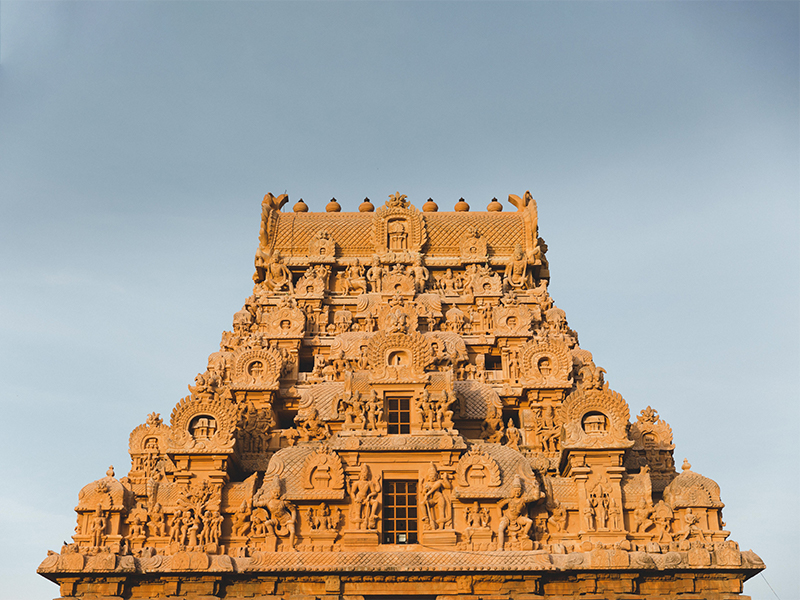
Into the Dravidian Heartland
This journey allows one to experience the many cultures that exist across the states of Tamil Nadu and Kerala...
Bespoke Journey • South India
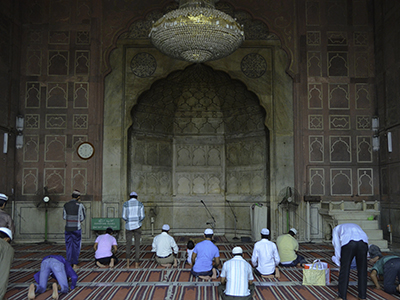
Drops of the Same River
This journey takes one across the different states in North India, offering a gentle immersion into the many religions that shape the life of its people...
Bespoke Journey • North India
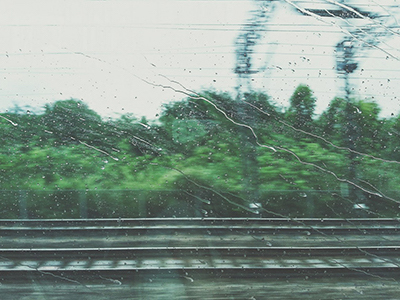
In Anticipation of Petrichor
Rain is happiness, rain is melancholy, rain is nostalgia. For Indians, it’s more than just these; it is a part of life...
Narrative
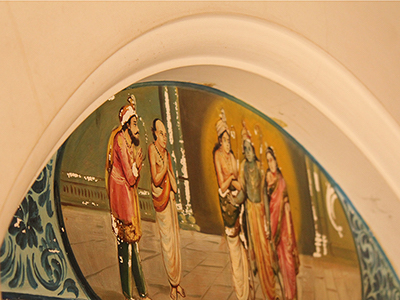
A Recovered Beauty
It was early morning when Lizzy and I left Madurai for a destination we both knew nothing about. Mrs. Meenakshi Meiyappan...
Narrative • South India
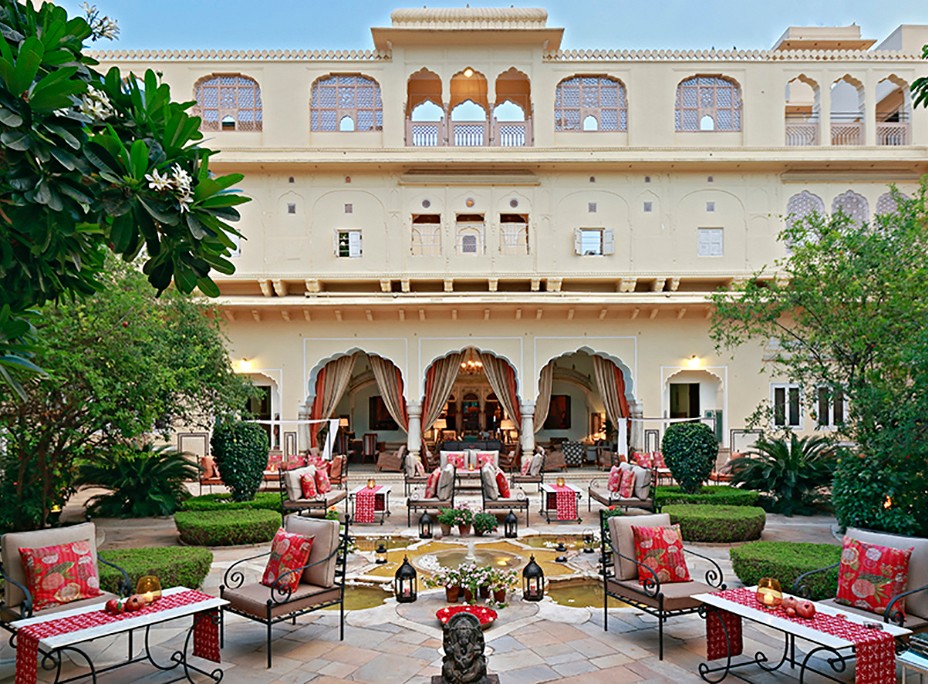
Samode Haveli
A cherished royal treasure in the walled old city of Jaipur, Samode Haveli is a traditional Indian mansion...
Hotel Guide • North India
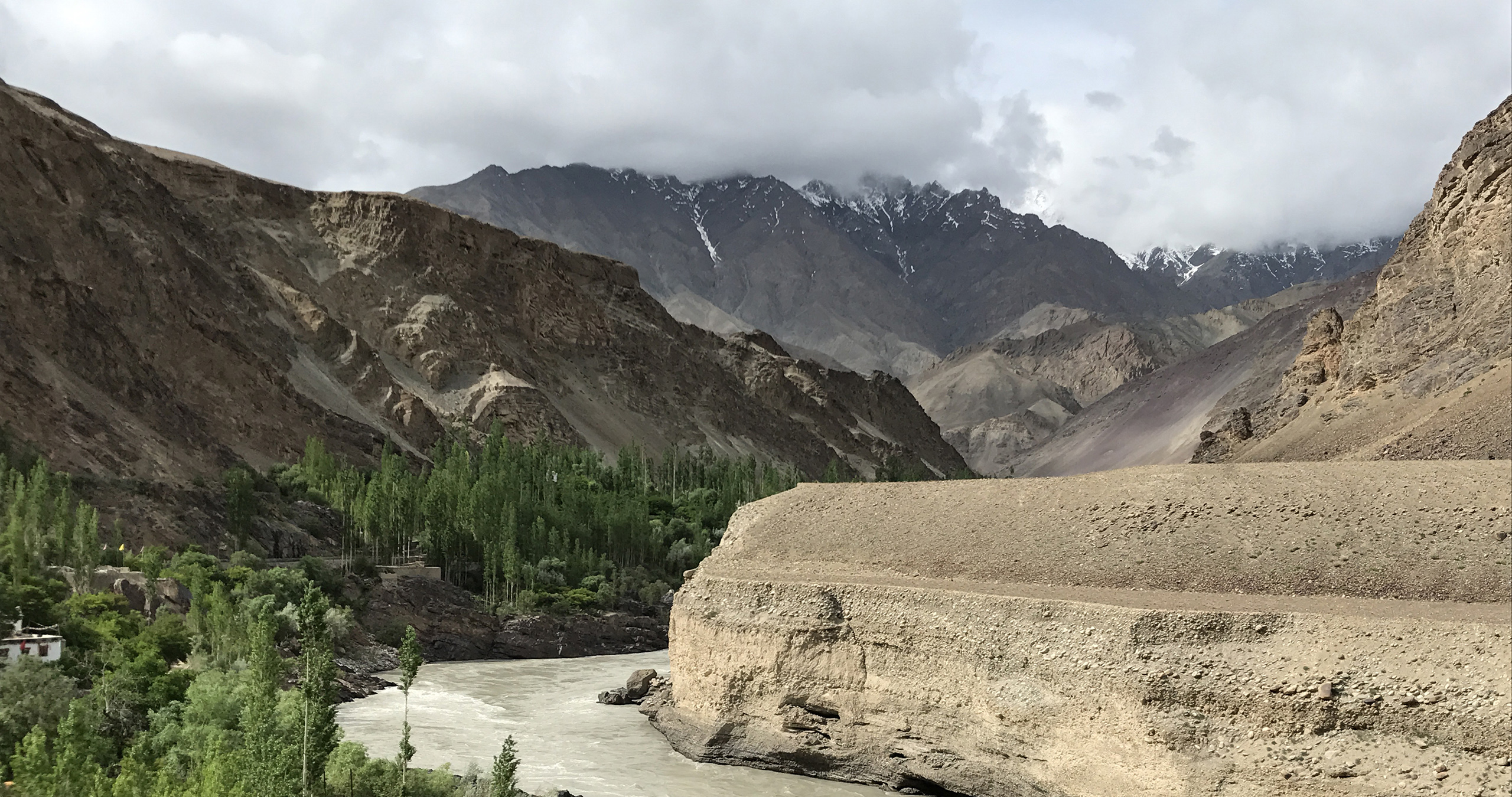
A Life Closer to Nature
With Another Escape, we travelled to the geographically rich region of Ladakh, and discovered a community living in harmony at 3000m...


